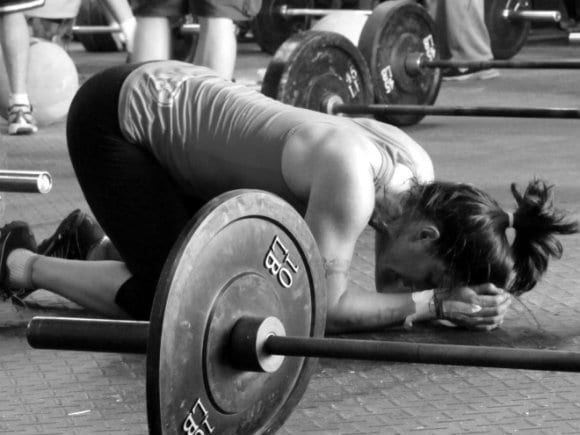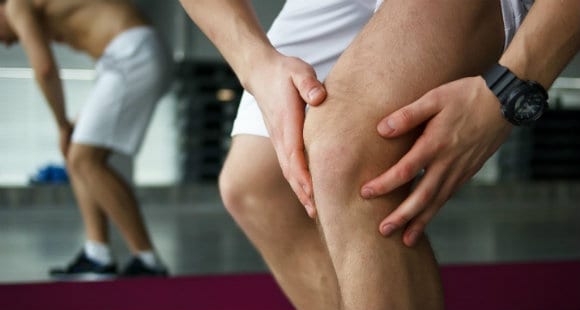By the healthiergang writer , student in Medicine and Surgery.
Il Deallenamento (Detraining)
Il deallenamento (detraining in English) is a phenomenon that indicates a complete loss o partial physiological adaptations induced by physical exercise due to reduction or cessation of physical activity; in practice we are witnessing one regression of improvements which concern strength, resistance and mass, directly proportional to the pause time.
Generally during the holidays (like Easter or Christmas, where you indulge in the delights of the table or choose to spend the period out of town), during the summer, when gyms and sports centers are closed, or after forced stops (see flu or injury), the volume and intensity of training decreases, having to deal with the resumption of activity and loss of performance.

However, it must be said that even with a few weeks off our performances will not return to the starting point, nullifying the efforts of an entire season, but we will find ourselves starting two or three steps below compared to the last sessions.
Detraining begins to manifest itself after a period of between 1 and 3 weeks; it is necessary to distinguish a de-training that concerns exercise with weights from one in endurance athletes or in any case subjected to aerobic work (bottom and half bottom, long-distance swimmers and cyclists).
Why does it occur?
In the training of the force and in 'exercise with weights, after a break of 2 3-daysContrary to what one might think, an improvement in the condition is observed, generally of tipo anaerobico, given by a new-found muscle freshness and an optimal recovery of all body districts (with maximum glycogen reserves) and a favorable hormonal profile; there are many sportsmen who exploit this phenomenon of Supercompensation by alternating high volume and intensity days with 2 3-days recovery.
Real drops in strength are witnessed after more a week off: in this case the entity hovers over the 6-8% of 1 RM and a lowering of the metabolism with eventual weight gain. The loss of performance before an actual loss of mass testifies to us the neural involvement (hence the technical skills) before a muscle involvement. However, we are talking about small percentages of decrease: the muscle is an exceptional structure, equipped with one remarkable plasticity, both in the presence and in the absence of effort, adapting to all needs.
Returning to training leads to gains of force e hypertrophy much faster than the period used the first time, above all thanks to the neuronal memory, that is the memory of the motor gesture crammed into the Central nervous system. Until the month of inactivity the loss of strength remains limited but after 30 40-days the values decay visibly (up to 15% in 3 months): the decrease in the content of ATP, Creatin-Phostate, Glycogen and lactate threshold, involving the anaerobic alactacid, lactacid and aerobic metabolism, negatively affect performance.

As for the muscle masses, the alterations mostly include the cross sections of the muscle and the fiber distribution, which are not seen before 2 weeks; capillary density and oxygen extraction capacity do not undergo appreciable changes. In returning to exercise after the break the muscle prefers as fuel carbohydrates rather than and lipids resulting in an increase in the respiratory quotient (this determines a greater cardiovascular and ventilatory effort).
Last but not least are the hormonal changes: it has already been said that a period of 2 3-days it causes positive stimuli that stimulate tissue remodeling and repair, supported by an increase in GH and in the Testosterone / Cortisol ratio. After 8 12-weeks pause the lowering of concentrations of anabolic hormones have been directly related to loss of mass and strength, veering towards conditions of hypotrophy / muscle atrophy.
Different (if not opposite) is the discourse regarding the aerobic-oxidative performance. The initial collapse is significant: there is already talk (with a cross-check between various studies on the subject) of a decrease in capacity of about 5% in 5 days; after 3 settimane the negative parameters are: cardiac output e VO2max (which would be the maximum aerobic power, equivalent to the maximum amount of oxygen that can be used by an individual in the unit of time) both -8% not to mention the oxidative enzymatic capacity with -30% (i.e. the ability of the muscle to convert glucose and lipids into energy using O2 via the mitochondrial furnace); as already mentioned, also in this case the decreased synthesis of glycogen weighs on the total count. In the weeks following this first period of time, aerobic performance decreases with a lower incline.
Detraining and Accidents
Il de-training following an injury it is probably the hardest to accept. The usual movements are mostly prevented but we can remedy by looking for alternative stimuli: when possible (behind expert advice) we can keep fit with swimming, With the bike or sessions of race.

The extent of both aerobic and anaerobic losses is directly correlated with the level of training of the athlete, resulting greater in professionals and less marked in physically active subjects. To counter this condition we need to continuously stimulate our body cycling workouts, giving priority to training volume and frequency, adjusting them according to the period and time we have to dedicate to training trying to reduce the long breaks (of 4 or more days).
In summer or during the holidays we can take advantage of the opportunity to train outdoors, bike rides, a nice swim in the sea, a run on the beach, bodyweight training in the park, or use different tools such as kettlebell or trx that allow us one global stimulus with the smallest footprint.


























